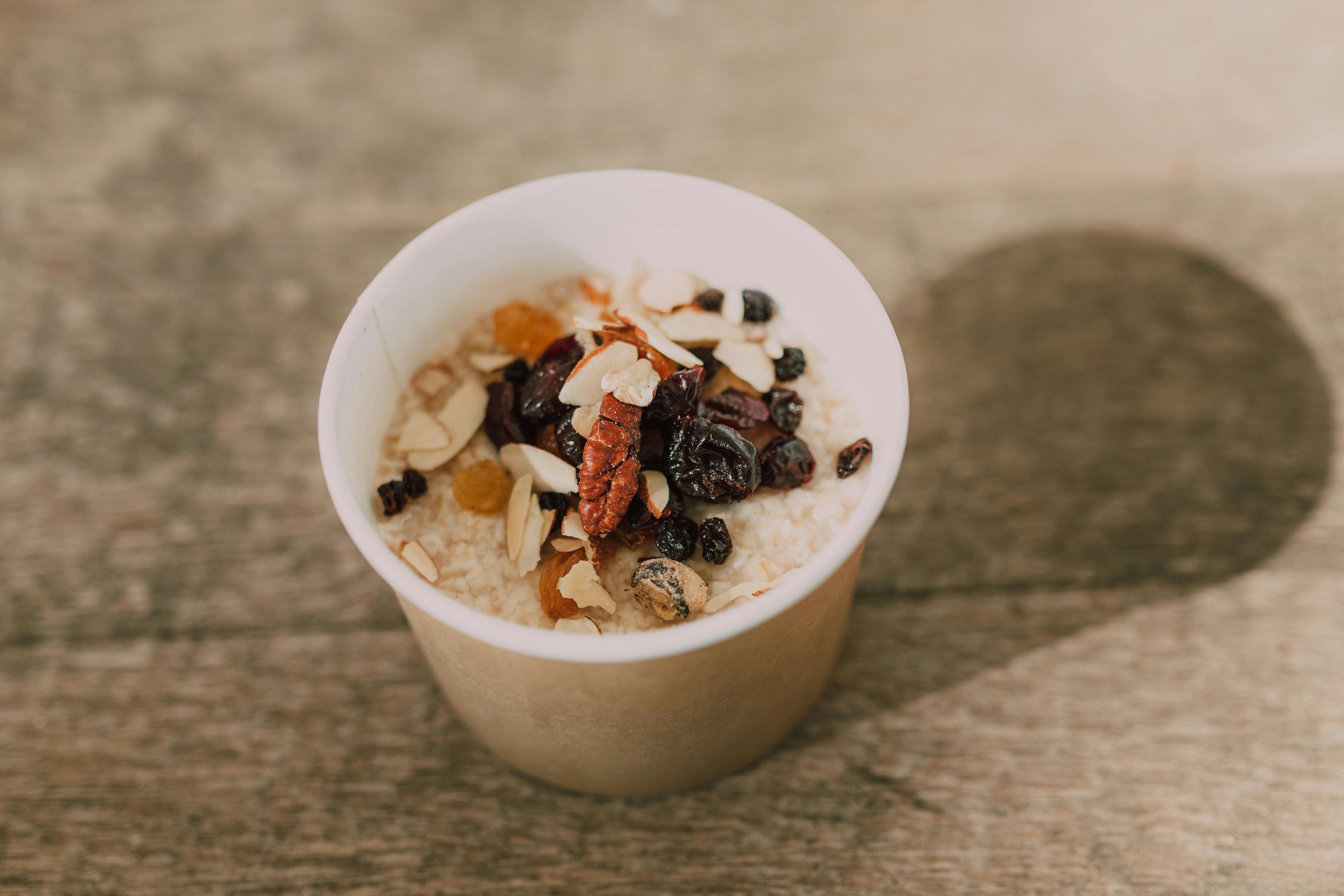
Essential Guide to Optimizing Porcupine Diet for Healthy Growth
Porcupines play a pivotal role in their ecosystems, and understanding their dietary needs is crucial for ensuring their healthy growth. As we look towards 2025, it is important to explore how we can optimize their diets for better health and longevity. Proper nutrition has a direct impact on their vitality, reproductive success, and ecological role. The benefits of a balanced porcupine diet encompass growth, enhanced immune function, and improved overall wellness.
This article will delve into the various aspects of porcupine dietary needs, including their foraging behaviors, food sources, and nutritional requirements. Additionally, we will draw comparisons with the milk snake diet, providing a comprehensive understanding of dietary habits in both species. We will offer practical tips and expert insights to facilitate optimal feeding strategies for porcupines in captivity and in the wild.
Key takeaways include understanding porcupine food preferences, seasonal diet variations, and how ecological factors influence their eating habits. By the end of this article, you will be equipped with actionable knowledge to promote healthy growth in porcupines through optimized dietary practices.
Understanding Porcupine Dietary Needs in 2025
As herbivorous mammals, porcupines have specific nutritional requirements that cater to their unique biology. Their primary diet consists of plant materials, including bark, leaves, fruits, and tubers. By understanding what constitutes a balanced porcupine diet, we can support their health and growth in the coming years.
Porcupines require a high-fiber diet to promote healthy digestion. Their digestive systems are adapted to break down tough plant materials, which allows them to extract nutrients efficiently. Incorporating a variety of plant species is crucial because it enhances nutrient availability and prevents dietary deficiencies that could hinder their growth.
Additionally, seasonal availability of certain food sources dictates what porcupines can consume at different times. This necessitates an awareness of food availability in their habitats, ensuring that they have access to nutrient-rich options throughout the year. Providing supplemental feeding options can bridge gaps during off-seasons.
This naturally leads us to the importance of understanding porcupine foraging behavior, which we will explore in the next section.
Porcupine Foraging Behaviors
Foraging is a vital activity for porcupines as they search for food that meets their dietary needs. Their foraging behaviors are influenced by habitat, availability of resources, and seasonal changes. They primarily feed during the evening and night, showcasing nocturnal feeding habits.
Porcupines tend to exhibit selective foraging, where they choose specific plant species based on nutritional content. Research indicates that they prefer certain species due to their higher energy and nutrient levels, demonstrating adaptability in their diet.
Moreover, porcupines are known to employ strategies such as browsing and grazing, which are essential for their survival and health. By fully utilizing their habitats, they can reduce competition with other herbivores, thereby optimizing their dietary intake.
Understanding these behaviors helps in creating suitable habitats for porcupines in conservation efforts, leading to better management practices. With these behaviors outlined, we will now consider how their diet impacts their health and well-being.
Impact of Diet on Porcupine Health
A well-balanced diet significantly affects porcupine health. Nutritional deficiencies can lead to various health complications, including diminished growth rates, reproductive issues, and increased susceptibility to diseases. Regular monitoring of their dietary patterns helps in maintaining optimal health.
For example, inadequate calcium and phosphorous levels in their diet can lead to skeletal issues. Thus, it is vital to ensure that porcupines receive sufficient minerals through their food sources. Including leafy greens, fruits, and specially formulated dietary supplements can enhance their health outcomes.
Moreover, porcupine health is further influenced by how their diet affects their digestive system. A diet high in fiber supports gut health, leading to better nutrient absorption and overall vitality. Keeping track of their eating behaviors can help in refining their diets to suit their changing health needs.
This naturally leads us to a discussion about the ecological role of porcupines within their habitats and the interplay of their diet with their environment.
Ecological Role of Porcupines
Porcupines play an important ecological role as herbivores. Their unique eating habits impact vegetation dynamics and contribute to nutrient cycling in their habitats. By grazing on specific plants, porcupines can help control plant populations, ensuring ecosystem balance.
Their foraging behavior also aids in seed dispersion, promoting biodiversity within their environment. By consuming fruits and seeds, porcupines inadvertently facilitate plant reproduction, contributing positively to their ecosystems.
Additionally, the relationship between porcupines and their habitat is reciprocal. Changes in their food sources affect their feeding behaviors, and therefore their health and growth. This mutual interaction emphasizes the need for sustainable habitat management practices to support porcupine populations.
With this understanding of their ecological significance, we now shift our focus to the dietary adaptations of milk snakes and the parallels with porcupine diets.
Exploring Milk Snake Dietary Preferences
Milk snakes, while entirely different species, share some dietary challenges with porcupines. Their feeding habits are important for understanding the broader narrative of reptilian diets and ecological roles. Milk snakes are constrictors that primarily feed on small mammals, birds, and amphibians, showcasing the carnivorous diets within reptilian groups.
Understanding their feeding habits provides insight into their ecological setup and the competition dynamics they face from other predators. Milk snakes demonstrate dietary adaptability, which allows them to capitalize on available prey, highlighting the complex interactions of food chains.
This adaptability is crucial for their survival and reproductive success, especially when environmental factors affect prey availability. The overlap in habitat usage by milk snakes and porcupines can create competition, influencing their respective dietary choices.
Recognizing these dietary strategies is essential for wildlife managers focused on ensuring the health of both species in their ecosystems.
Milk Snake Feeding Techniques and Seasonal Variations
Milk snakes employ various feeding techniques to capture prey. Their hunting patterns are diverse, relying on ambush strategies to catch unsuspecting prey. Such behaviors emphasize the importance of understanding how spatial dynamics and prey availability affect their diets.
Furthermore, seasonal variations influence the availability and types of prey for milk snakes. During different seasons, their dietary patterns shift, reflecting the abundance or scarcity of certain animals. Understanding these changes can aid in creating better management strategies for both milk snakes and their prey.
By analyzing these feeding habits, excellent insights into biodiversity and ecological health can be gained. The connectivity between species dynamics facilitates an understanding of dietary adaptations required in varying environments.
As we delve deeper into the relationship between diet and health, we will address common questions surrounding porcupine dietary behaviors and best practices for feeding.
Q&A: Porcupine Feeding Habits and Best Practices
Q: What are the best food sources for porcupines?
A: Porcupines thrive on a variety of plant materials, including leaves, bark, and fruits. Providing a mix of these sources ensures a balanced diet rich in nutrients.
Q: How can I ensure my captive porcupine has a healthy diet?
A: Offering a diverse selection of foods, including specially formulated pellets, will help meet their dietary needs. Monitoring their eating habits and body condition is essential for health management.
Q: What should I avoid feeding porcupines?
A: Avoid feeding them processed foods or any animal-based products, as their digestive systems are not equipped to handle these. Refined sugars and excessive fats can lead to severe health issues.
Q: How does diet impact porcupine survival in the wild?
A: A balanced, nutrient-rich diet is crucial for their survival, impacting their ability to reproduce and fend off diseases. Understanding their foraging patterns in natural habitats aids in environmental conservation efforts.
Q: Can porcupines adjust their diets based on food availability?
A: Yes, porcupines are adaptable and will adjust their diets based on seasonal food availability, which helps them thrive despite changing environments.
Conclusion: Strategies for Optimal Porcupine Diet
As we move further into 2025, the emphasis on understanding and optimizing porcupine diets cannot be overstated. By recognizing their unique dietary needs, foraging behaviors, and ecological roles, we can create strategies that promote healthy growth and sustainable populations.
Implementing diverse food sources, monitoring nutritional intake, and preserving their habitats are essential components of effective dietary practices. As conservationists, wildlife managers, and pet owners, we have the opportunity to contribute positively to the health and ecological balance involving porcupines.
By applying the insights shared in this article, we can ensure that porcupine populations thrive and continue to play their crucial roles within their ecosystems.

 ```
```